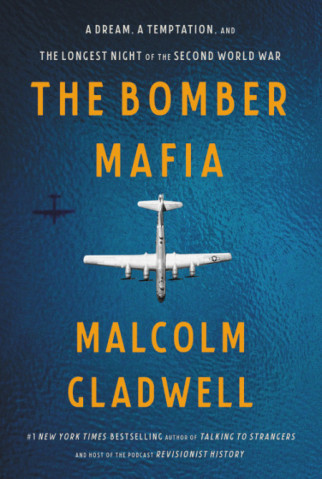What do you think?
Rate this book


256 pages, Hardcover
First published April 27, 2021
Because airpower was young, the faculty of the Tactical School was young — in their twenties and thirties, full of the ambition of youth. They got drunk on the weekends, flew warplanes for fun, and raced each other in their cars. Their motto was: Proficimus more irretenti: “We make progress unhindered by custom.” The leaders of the Air Corps Tactical School were labeled “the Bomber Mafia.” It was not intended as a compliment — these were the days of Al Capone and Lucky Luciano and shoot-outs on the streets. But the Air Corps faculty thought the outcast label quite suited them. And it stuck.
The Bomber Mafia is a case study in how dreams go awry. And how, when some new, shiny idea drops down from the heavens, it does not land, softly, in our laps. It lands hard, on the ground, and shatters. The story I’m about to tell is not really a war story. Although it mostly takes place in wartime. It is the story of a Dutch genius and his homemade computer. A band of brothers in central Alabama. A British psychopath. Pyromaniacal chemists in a basement lab at Harvard. It’s a story about the messiness of our intentions, because we always forget the mess when we look back. And at the heart of it all are Haywood Hansell and Curtis LeMay, who squared off in the jungles of Guam. One was sent home. One stayed on, with a result that would lead to the darkest night of the Second World War. Consider their story and ask yourself — What would I have done? Which side would I have been on?
The full attack lasted almost three hours; 1,665 tons of napalm were dropped. LeMay’s planners had worked out in advance that this many firebombs, dropped in such tight proximity, would create a firestorm — a conflagration of such intensity that it would create and sustain its own wind system. They were correct. Everything burned for sixteen square miles. Buildings burst into flame before the fire ever reached them. Mothers ran from the fire with their babies strapped to their backs only to discover — when they stopped to rest — that their babies were on fire. People jumped into the canals off the Sumida River, only to drown when the tide came in or when hundreds of others jumped on top of them. People tried to hang on to steel bridges until the metal grew too hot to the touch, and then they fell to their deaths.
